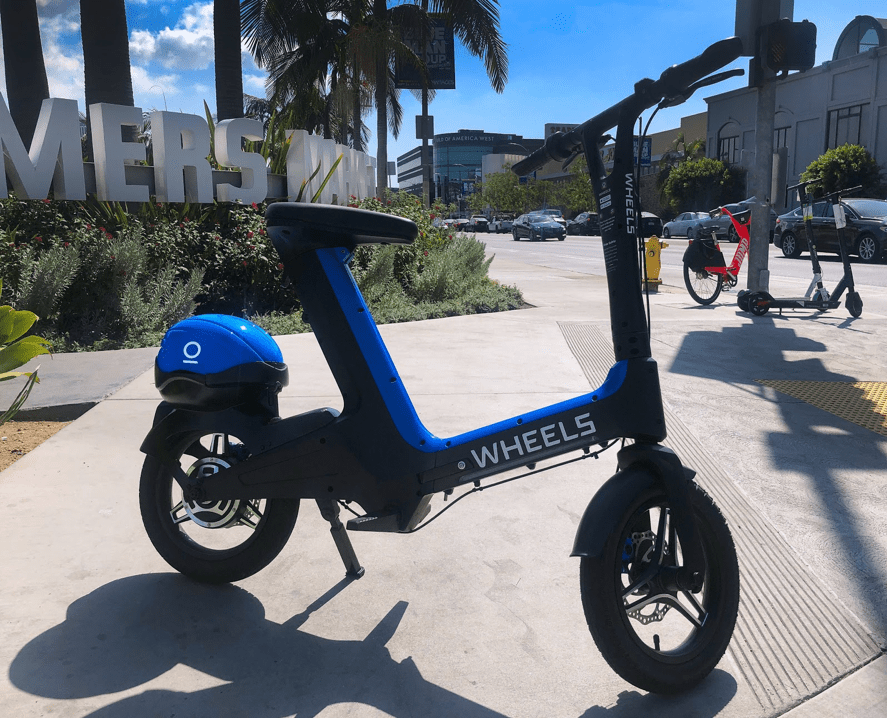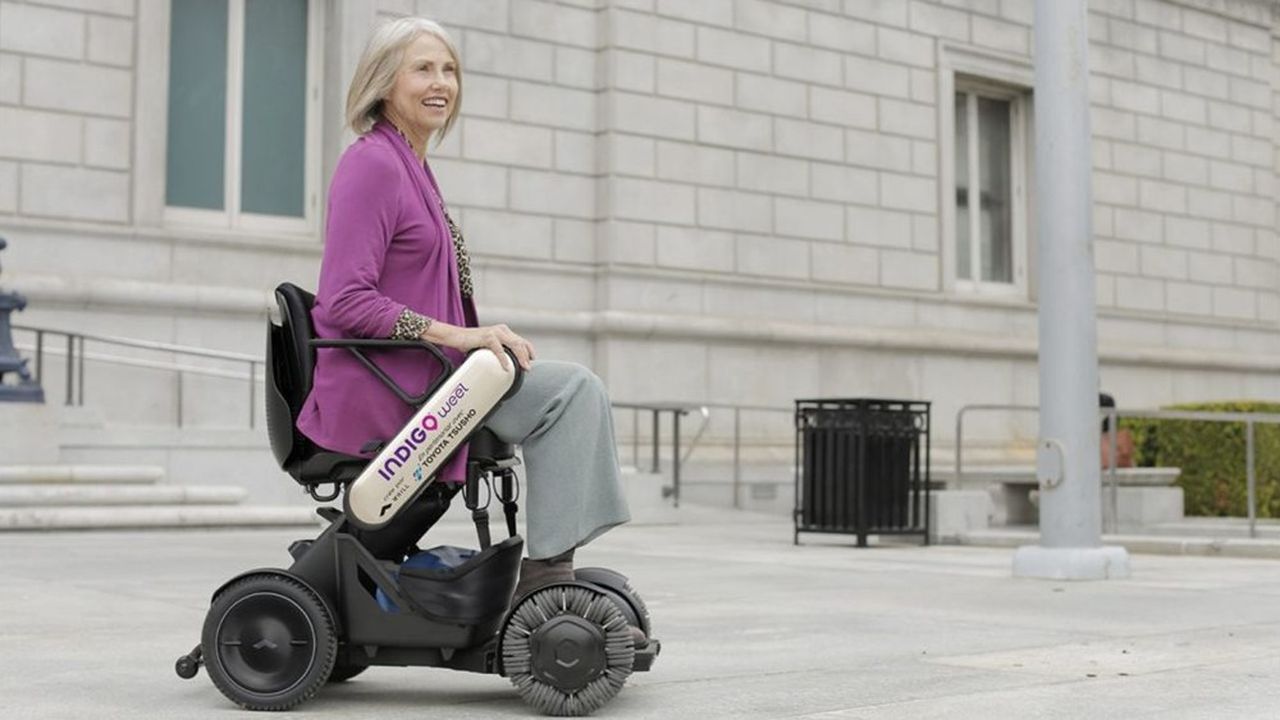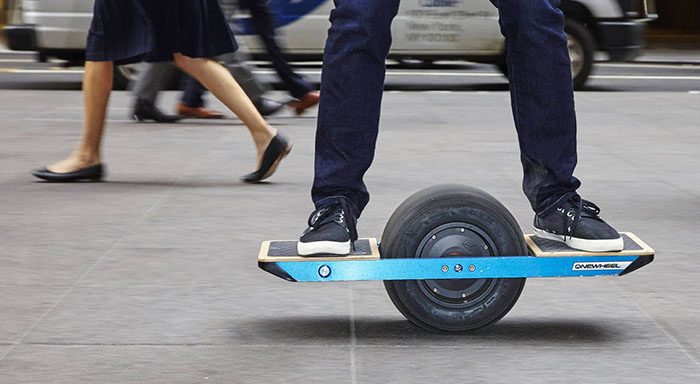Technology
Micromobility is diversity
3 December, 2019
Since 2018, e-scooters have put the light on shared micromobility solutions, but also convinced many commuters to switch to owned light electric vehicles (LEVs). The feedback loop is being completed as the wider and wider range of LEVs now inspire operators to launch news services and vehicles, or simply improve their existing ones.
What are the coming form factors that will be prevailing in our streets? What are the ones which will hardly be seen?
E-scooter evolution
Following what happened with the Vespa-style vehicles, manufacturers are working on improving the stability, handling ability and safety of the conventional e-scooters. With wider decks, larger wheels, and 3 contact points on the road, 3-wheeler e-scooter might gain market share by giving a better safety feeling to the users.
Voi announced such a model, the VOIager 2, in May 2019. No news from it since then, we are still waiting to ride it.
Go X seems to be the only 3-wheeler e-scooter operator so far. They have a mixed 2/3-wheeler fleet in San Francisco, with parking in private land, as they do not have the required license from SFMTA.
E-bike evolution
E-bikes are evolving as well, in different directions. Wheels was the first to offer its “bikes”, which I prefer to call a light e-moped – same specs as e-bikes, with no pedals. As the 3-wheeler e-scooters, this form factor offers one more contact point between the body and vehicle this time, for more control, better balance, and safety. Wheels operates in San Diego, Los Angeles, Atlanta, Chicago, Dallas, and Scottsdale, and announced a launch in Stockholm, Sweden.

There is also a trend in providing a 2-passenger vehicle. The Bird Cruiser, unveiled in June 2019, is also a light e-moped, with the specific 2-seat feature. It launched under the Scoot brand in October in the streets of San Francisco… but with one seat only!
On the other side of the Atlantic Ocean, the French operator Pony chose a different path. It designed a sturdier e-bike, allowing to carry two riders: the double Pony. It seems to be the good way to conquer the old continent, as the laws from most countries will consider light e-mopeds as… mopeds – helmet, insurance, license plate required – and e-bikes with 2 seats as e-bikes – with lighter rules.
Wheelchairs for equity
Wheelchairs are an interesting answer to equity in mobility. OK, it revives the fear to get closer to the Wall-E dystopia, but options should be available for people not able to ride bikes or scooters. Whill is the leader in the sector : it already collaborated with SharingOS and its french franchise Indigo Weel to operate a pilot in Toulouse with 5 wheelchairs. The results remain unknown. Whill chairs are also available in different airports (Tokyo, Amsterdam, Abu Dhabi, Dallas, Winnipeg).

All-weather solutions
Another way to widen the usage range for shared micromobility is to address the weather constraint. Covered three-wheeled, electric-assisted vehicles are getting familiar, and shared services more common. Canadian Veemo is a leader in this sector, with pilots in its home-city of Vancouver. ELF is also developing a nice product, but does not seems to be working on a shared service.
If the solution seems appropriate to the spread, with wide streets, cities of North America, compact and dense European cities are not ready to host it yet. I would see it as a possible option when cars will leave more free urban space.
Unviable options
If we look at the whole spectrum of LEVs options, there is still many categories that are not used for shared mobility services.

Due to their long learning curve, self-balanced vehicles would remain owned vehicles. Segways, gyropods, powered skates… require hours of learning before being mastered, and even more for the user to feel safe riding it in an urban environment!

People, media, also focus on safety while talking about shared micromobility. Vehicles without handlebars are not giving a safety feeling for it to be considered as a viable option, and we can, therefore, consider that hand contact is necessary.